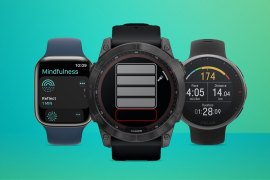Google Pixel 7a vs Pixel 7: what’s the difference?
The latest affordable Pixel might tread on its bigger brother's territory

This year’s affordable Google phone is already shaping up to be phenomenal value compared to its bigger smartphone brother. Given the similar spec sheets but large gulf in price, plenty of Google fans will want to know which comes out on top in the Pixel 7a vs Pixel 7 showdown. Well, we’ve got you covered here.
We reviewed the Google Pixel 7 last year, and have now reviewed the Google Pixel 7a too, so know exactly how the two fare against one another. Here’s which we think is more deserving of your money.
Design & build: spot the difference
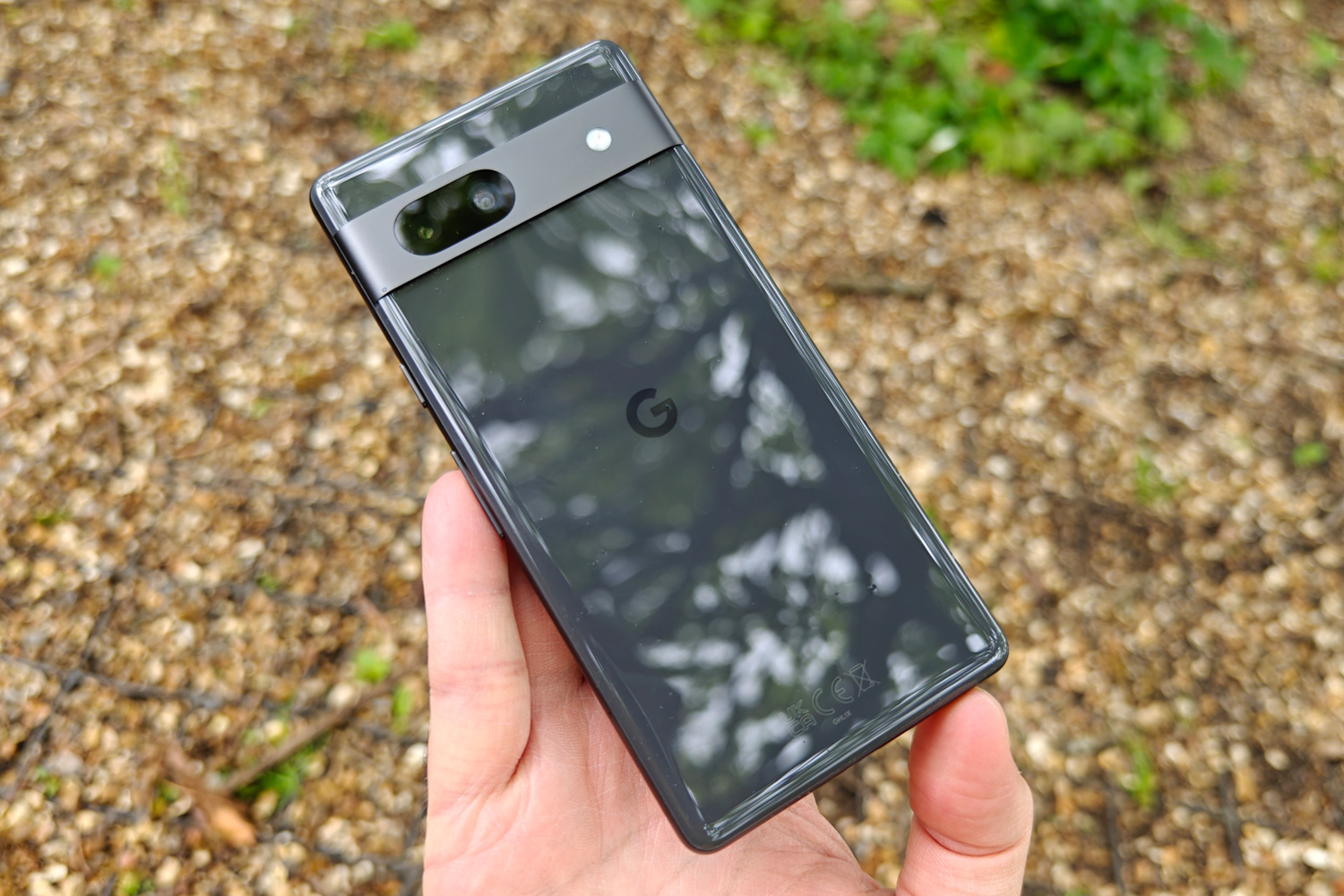
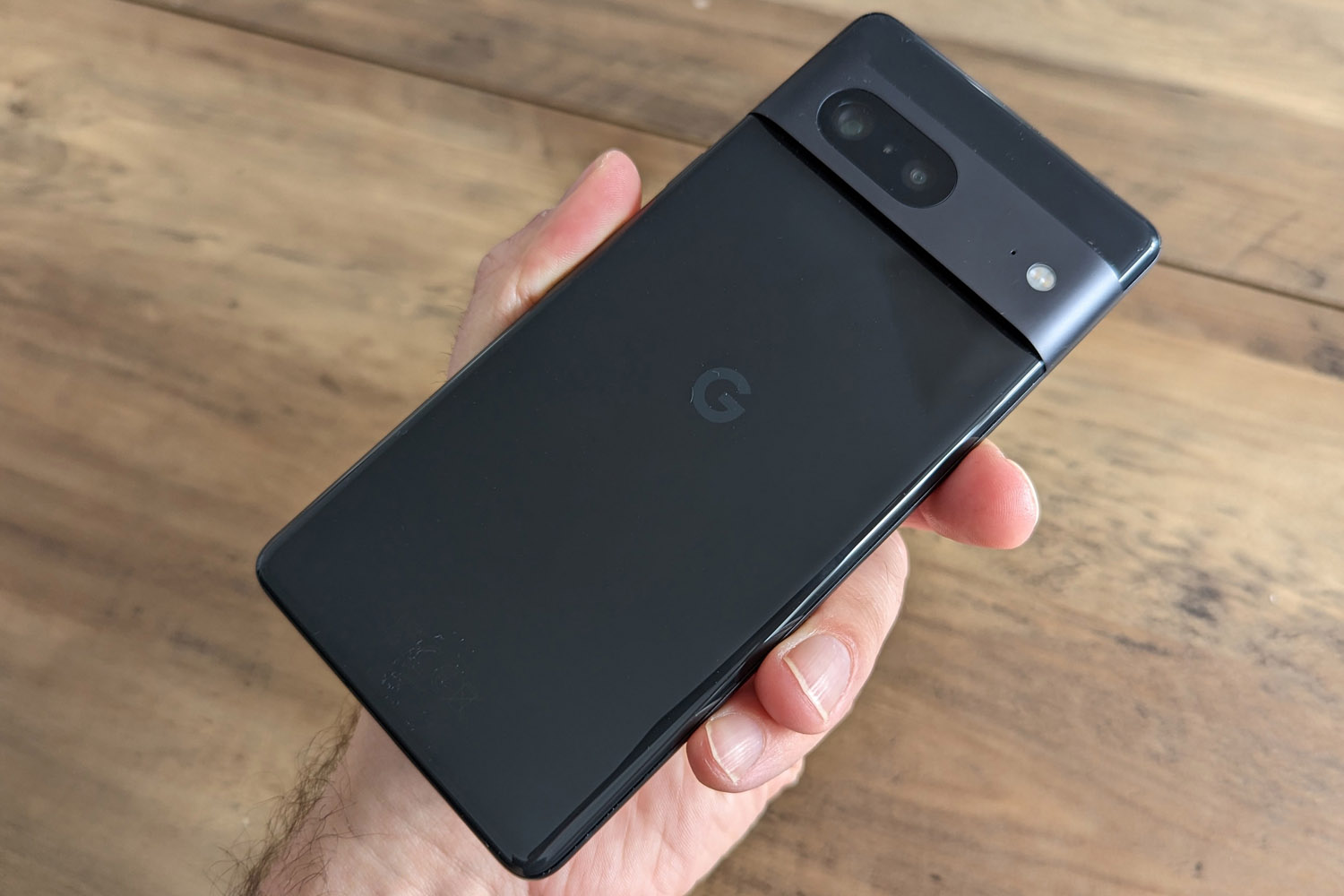
With its slick metal frame that merges almost seamlessly into the rear camera shelf, the Pixel 7 is an evolution of the design Google introduced with the previous-gen Pixel 6 and Pixel 6 Pro. The rear glass is still something of a fingerprint magnet in Obsidian black colours (Lemongrass and Snow are also available) but give it a polish once in a while and it looks every bit the top-tier phone. There’s an under-display fingerprint sensor for security and a punch-hole selfie cam in the top-centre of the display, just like the rest of the Pixel line-up.
On first glance the Pixel 7a is almost exactly the same, although Google has compromised a little to keep costs down. The rear camera shelf is now a separate piece to the metal frame, and is slightly skinnier. It’s still made of metal, though. You can get one in Charcoal, Sea, Snow or Coral colours, with all four using composite plastic at the rear instead of glass. It feels almost identical to the touch.
Up front, the display bezels are a little bit thicker, but the under-display fingerprint sensor and punch-hole selfie cam remain unchanged. There’s a mere 4g difference in terms of weight, with the Pixel 7 tipping the scales at 197g to the Pixel 6a’s 193g.
Screen & sound: does size matter?
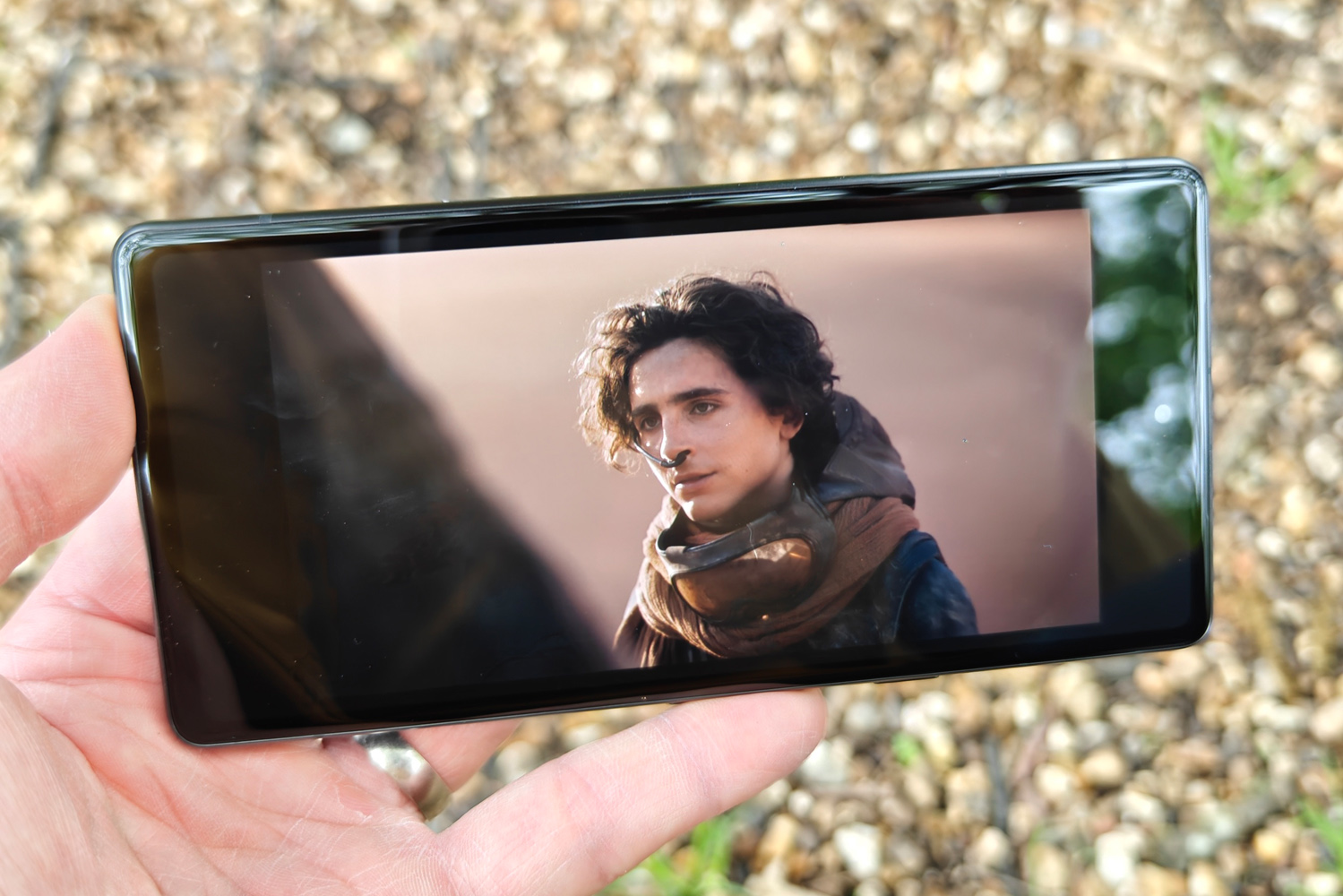

With its OLED panel stretched over 6.3in, the Pixel 7 has a physically larger display than the Pixel 7a, which is a more compact 6.1in. Both have the same 2400×1080 resolution, though, as well as the same 20:9 aspect ratio and 90Hz refresh rate. The cheaper phone has a higher pixel density as a result, so it’s even less likely you’ll be able to spot the individual pixels. Protection is on equal footing, with both phones getting Gorilla Glass Victus to stave off scratches.
The larger Pixel 7 might take the edge on peak brightness, but there’s really not much in it, and the pair each get bright enough for comfortable outdoor use. Viewing angles are just great on both, with very similar colour handling. Stills and videos have plenty of pop, with vibrant colours typical of OLED panels. Unless you’ve got especially fat fingers and need every sliver of screen space going, there’s no reason to feel you’re getting an inferior display by opting for the Pixel 7a.
Both phones pack decent stereo speakers that get loud enough for personal listening, but don’t deliver much in the way of bass. Personal listening will be by Bluetooth, as there’s no 3.5mm headphone port on either model.
Cameras: software subtleties

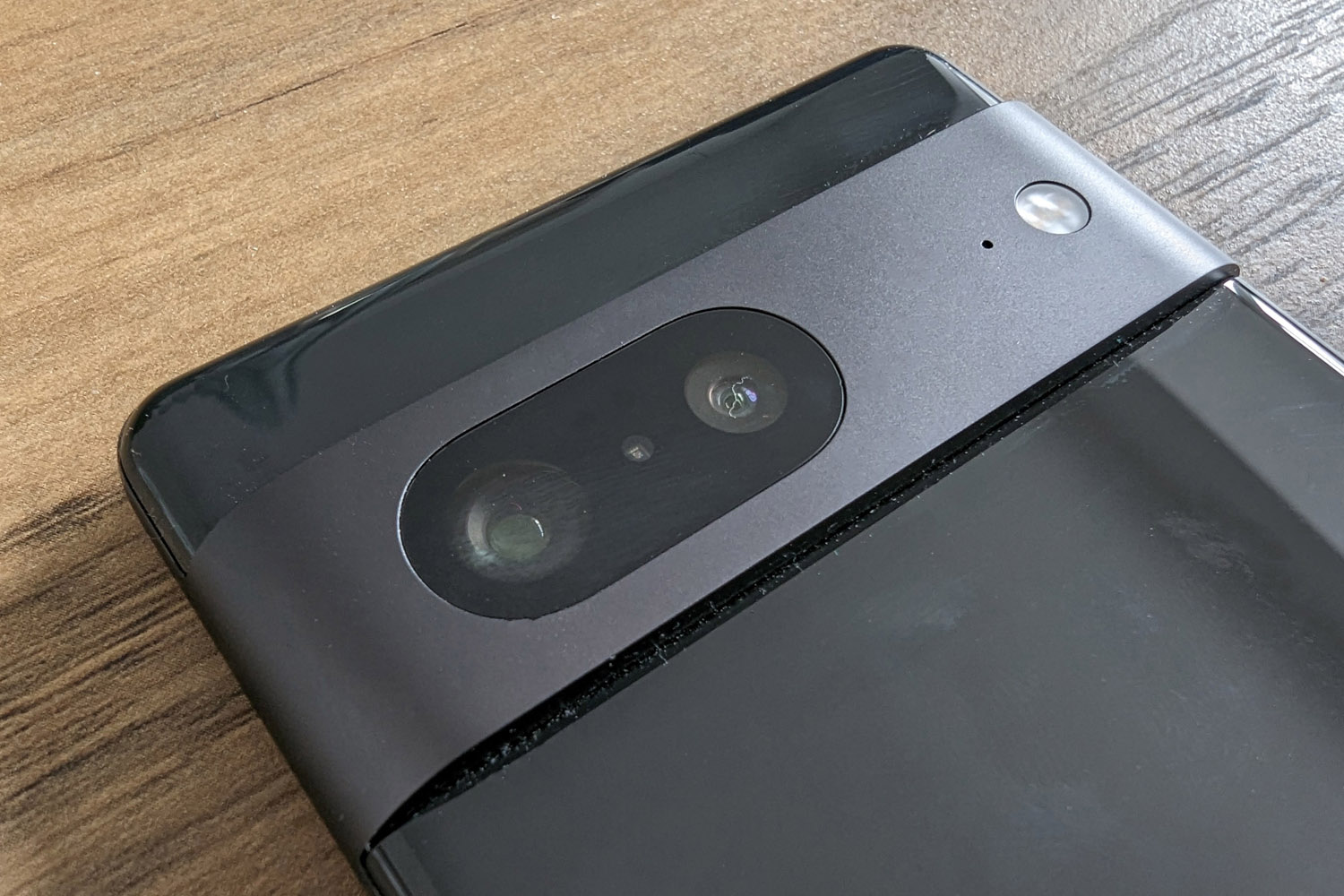
While both phones each have two rear cameras, they use different sensors. The Pixel 7 gets a 50MP main snapper, with f/1.9 aperture, laser autofocus and optical image stabilisation, paired with a 12MP, f/2.2 ultrawide with a 114-degree field of view. The Pixel 7a, meanwhile, has a 64MP lead sensor, with an f/1.9 aperture and OIS. Its secondary ultrawide has a 13MP sensor, f/2.2 aperture and wider 120-degree field of view.
Both have Google’s excellent algorithmic image processing on board, and use pixel-binning on their main cameras for improved low light photography compared to the previous generation. Real Tone skin mapping aims to deliver more accurate hues when shooting people of colour, and Night Sight kicks in automatically for darker scenes.
Laser autofocus helps the Pixel 7 lock onto targets a little faster, but the Pixel 7a is no slouch, and both take fantastic daylight photos. Colours are well balanced, exposure is almost always on point and HDR does a great job of balancing highlights and shadows. There’s loads of detail on display too. Low light shots are pretty much on equal footing too, with only minor differences between the two phones.
The Pixel 7 does have a few extra camera modes, including Cinematic Video which blurs the background around your subject on the fly, and Action Pan which adds motion effects to your still images. The Pixel 7a does at least get Long Exposure, a first for an A-series phone.
Up front, the Pixel 7 has a 10.8MP selfie cam, and the Pixel 7a has a 13MP sensor. Again, there’s very little in it in terms of quality.
Performance & battery: taking charge

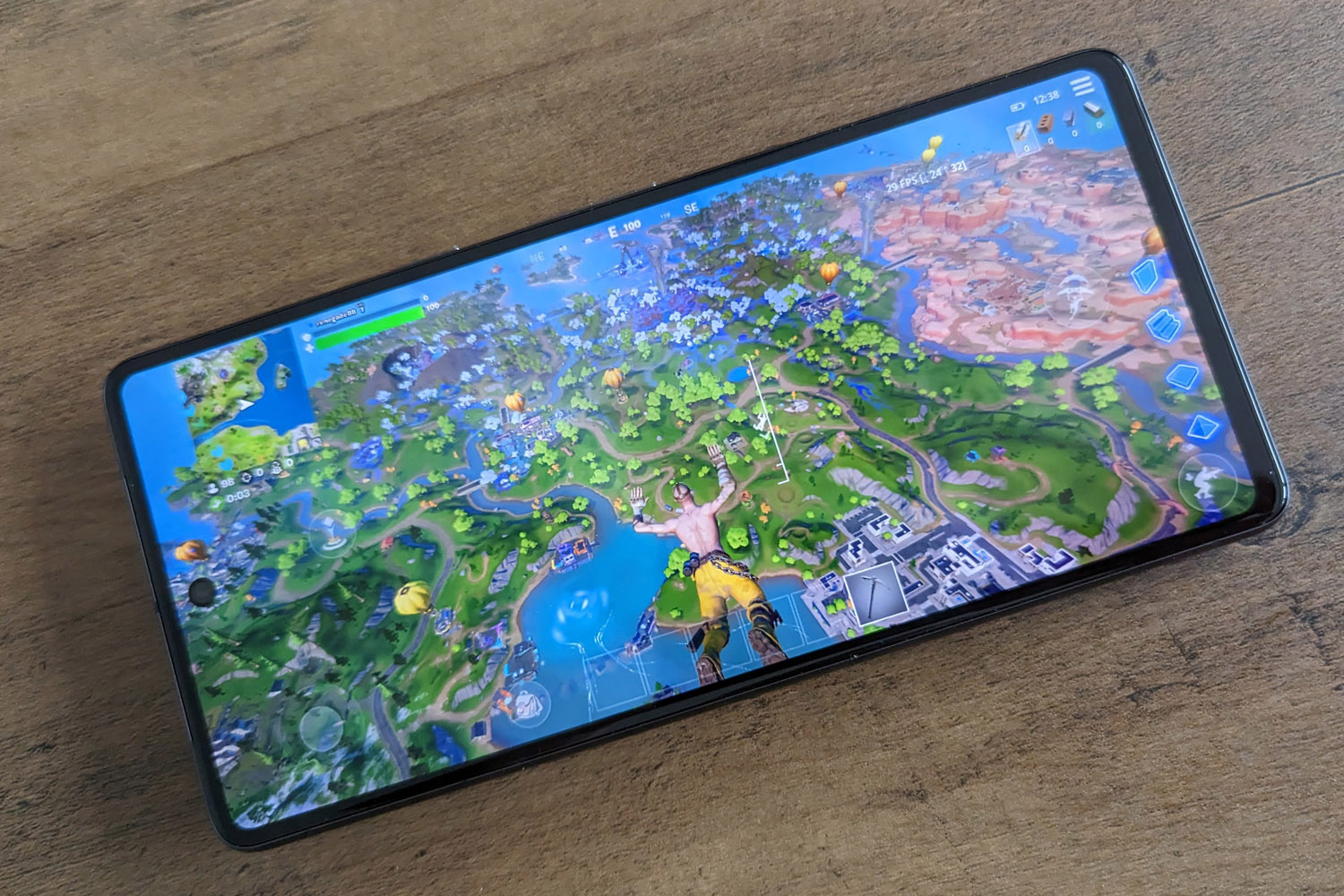
The Pixel 7 debuted Google’s second-gen custom CPU, the Tensor G2. It’s built on thinner chip architecture than the OG Tensor, runs at higher clock speeds and is more power efficient to boot. Combined with 8GB of RAM, it has no trouble running Android 13 smoothly, handles games at high frame rates and manages multitasking just fine. It isn’t the most powerful processor in the phone world, but still holds its own among flagship competition. It can be had with either 128 or 256GB of on-board storage.
That hardware has been passed on almost wholesale to the Pixel 7a. While storage is limited to just 128GB, the Tensor G2 and 8GB of RAM both make the cut, meaning this affordable phone can trade blows with rivals costing several times the price. It happily plays demanding games, feels wonderfully responsive in daily use, and has all the machine learning smarts of its bigger brother.
Both phones have very similar battery capacities, with the cheaper Pixel 7a eking out a minor advantage. It has a typical 4835mAh, to the Pixel 7’s 4355mAh. With a more power-efficient CPU and smaller display, it also lasts longer away from the mains, though not by a significant amount. Both can handle all-day use without needing to top up.
The Pixel 7 takes the lead on here, managing 20W wired charging over USB-C to the Pixel 7a’s 18W. It also supports 20W wireless charging from a compatible Qi pad, while the Pixel 7a can only manage 7.5W. Only the more expensive phone can reverse wireless charge other gadgets, too.
Pixel 7a vs Pixel 7 verdict: which should you choose?

We gave the Pixel 7 a glowing five star review back in October 2022, saying it had taken a welcome step up on camera quality and the build was much slicker than its predecessor. Unless you could stretch to the Pixel 7 Pro and its more versatile trio of lenses, it was the obvious choice for any Google fan. Now though, the Pixel 7a earns that accolade.
It’s £150/$100 cheaper, yet still takes superb pictures, is on par in terms of performance and battery life, and has near-identical software. A slightly smaller screen, marginally slower charging speeds and a few missing camera modes are the biggest differences – and none of ’em feel worth paying extra for. A rear panel made from plastic doesn’t feel like a major step down from the Pixel 7’s glass, either.
For most shoppers, it’s the Pixel 7a that should be top of their list.


